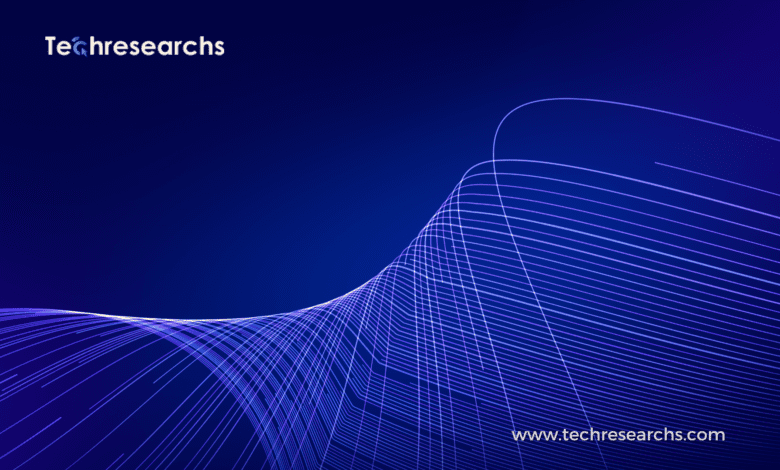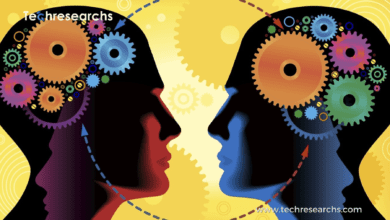Making Geometric Ai More Accessible For 360-Degree Spherical Data


Using Geometric Ai to unlock 360-degree spherical data
While AI is currently widely used for typical types of data, such as structured, sequential, and picture data, its use for other, more complicated types of data is severely constrained. These more complicated datasets frequently have complicated geometry(Geometric Ai).
To apply the amazing advantages of AI to these more difficult datasets, geometric deep learning, or geometric AI, has arisen.
However, because creating and implementing geometric AI models is still challenging, the usage of geometric AI techniques is still in its infancy.
Enhancing accessibility to Geometric AI for spherical data, enabling comprehensive insights. Explore 360-degree analytics today!
Democratizing Geometric AI
There are some top-notch geometric AI libraries and frameworks available, mostly for graph-based approaches (as discussed in this article).
However, due to the low level of these libraries, building, and training models before deploying them in a real-world setting requires the expertise of a machine learning engineer with knowledge of geometric AI.
Other types of geometric AI are making significant strides in cutting-edge research, where broad libraries are still lacking.
We are building a low-code platform for geometric AI called CopernicAI so that non-experts can quickly learn geometric AI techniques for their own issues.
Offering geometric AI models of 360-degree spherical data is our first move in that direction.
Geometric AI for 360° Spherical Data
In truth, spherical data occurs frequently in a wide variety of domains. When measurements are made at every location on a spherical surface, such as a topographic map of the Earth, for instance, spherical data can result.
However, they also appear when observations are conducted over directions, such as in 360-degree panoramic images and videos taken for virtual reality, surveillance, or autonomous cars, among other applications.
Diffusion magnetic resonance imaging in medicine or the investigation of remnant light from the Big Bang in cosmology are only a few examples of further applications.
In order to solve these issues as well as others requiring data with complicated geometry, like the sphere, we at Kagenova are attempting to uncover the extraordinary success of deep learning.
Standard AI methods are ineffective for 360° spherical data; instead, we need geometric AI that is tailored to the spherical geometry of the data.
Spherical AI approaches have made great strides toward unlocking these applications (as discussed in our previous articles here and here).
The development of methods that are both computationally efficient and capable of handling high-resolution data, such as high-resolution 360° panoramas, is a significant issue.
We have achieved great strides in this direction through our research, first creating generic efficient components [2] and then offering methods to support high-resolution input data [3].
While high-resolution input data support opens up a wide range of applications, including those involving classification issues, high-resolution output data support is frequently required.
We’re now working on high-resolution output data support, and we’ll be publishing a related paper soon. This will enable a variety of brand-new 360° picture interpretation applications, like semantic segmentation.
We intend to release our methods and models for usage by anybody once our geometric AI algorithms for spherical data have reached maturity.
Inception360 for Image Classification
While development on our CopernicAI platform continues, we intend to make a variety of spherical AI models accessible via the AWS AI Marketplace in the meantime.
We have just released our first model, Inception360, for the classification of 360° images.
This is a straightforward model that applies an inception-based architecture [4] to the categorization of 360-degree photos using the 1,000 ImageNet classes.
Since 360° photos capture more content than typical 2D planar images, ImageNet may not offer the optimal set of class labels for 360° classification; nevertheless, it does offer a recognizable set of class labels to begin started.
In this model, we don’t use any of our most recent R&D advancements; instead, we offer a very basic model that anyone can use to start classifying 360-degree images right now.
The AWS AI Marketplace has Inception360 available for free. Here is a notebook that provides instructions on how to utilize Inception360.
Below, we show Inception360 categorization on an unrepresentative 360-degree image. Take a look at the 360-degree photo of a pier and sailing boats below.
Learn more about Google Begins Offering Its Machine Learning Tool Called AI Test Kitchen
Future (More Models Coming Soon!)
The tremendous potential of AI for complex, geometric data can be unlocked via geometric AI techniques, but they are currently underutilized due to the challenges associated with creating, training, and using geometric AI models.
We hope to democratize geometric AI through the CopernicAI platform so that it may be used widely to address a variety of issues where conventional AI techniques are ineffective.
Our first move in that regard is the launch of geometric AI models for 360-degree spherical data on the AWS AI Marketplace, starting with Inception360 for the categorization of 360-degree photos. Keep an eye on this space as we soon aim to offer several more models!



